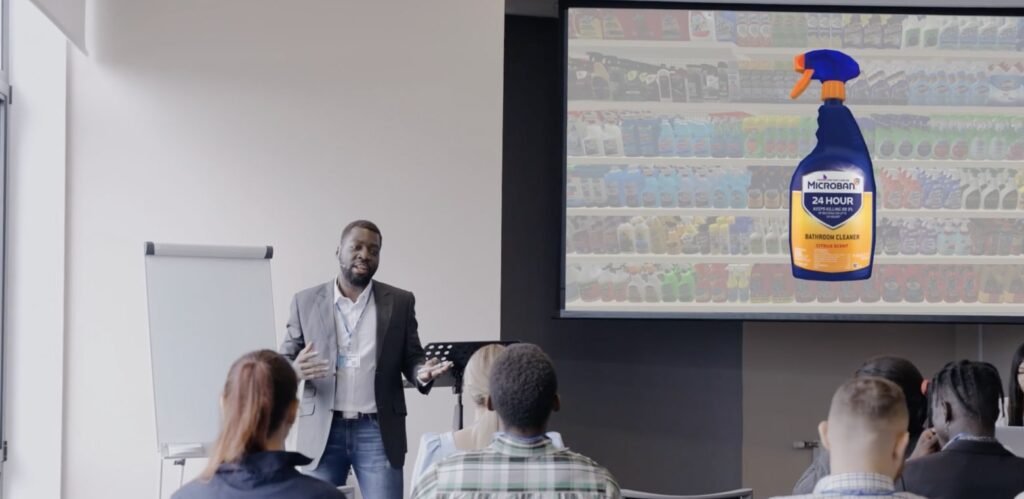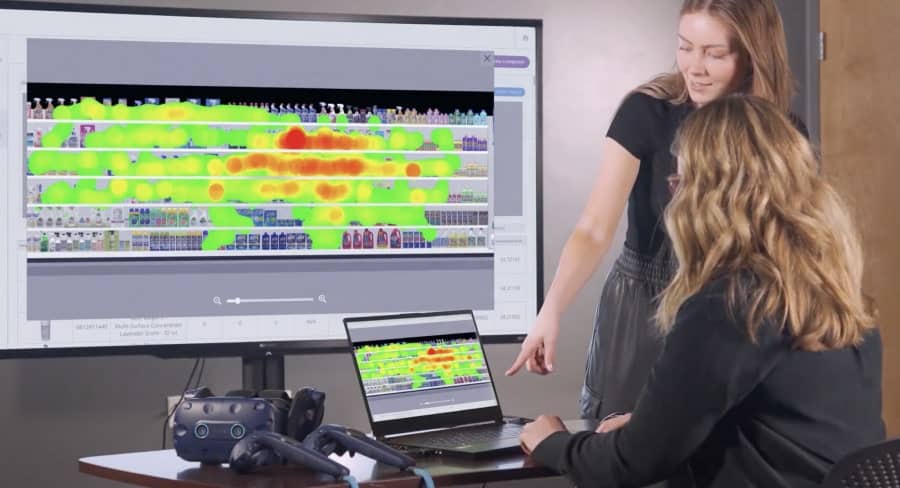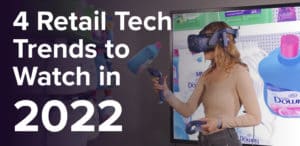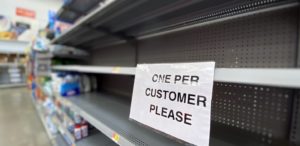5 Best Retail Design Presentation Ideas

Knowing how to present your product to retailers is critical in nailing your next sales pitch. The following sales pitch presentation examples provide tips on how to better engage potential investors.
1. Deliver a personalized message to your target audience
The first step in creating a sales pitch presentation is to understand your target audience. All messaging must focus on how your product can benefit the business owners or employees you are presenting to. It is necessary that you understand their pain points and convey a personalized message that successfully sells products or services from your company.
The greatest retail challenges faced by large corporations are likely to be different from what is troubling a small business. Each store will also have a different target market themselves, which will inform how you describe your recommended product, pricing and promotion strategies. Your sales reps will have to collect different data points and adjust their pitch deck accordingly so they can get your product in stores.

2. Show credibility with market research insights & heat maps
It is important to establish yourself as an industry expert when presenting your solutions. The best way to do this is through truly understanding the current trends and behaviors within your space.
There are many credible online resources and companies that you could look towards for some informative secondary data. It is a great first step in data generation because secondary data gathered through online exploration is typically low-cost to obtain. Although it is often hard to find the exact information you need and can be out of date, which is why most secondary data is best used for some initial insight guidance and non-bias statistics.
The ideal way to identify yourself as a thought leader is to generate primary data and discover insights on your own. This method allows you to not only ask questions specific to your needs, but also offers a competitive advantage because it provides you access to confidential information. There are several market research methods to conduct your own case studies. Some common options include in-person interviews, focus groups, online surveys, social media testing and field experiments.
Unfortunately, accurate in-person primary research can get costly in the retail market because it traditionally utilizes physical innovation labs. Using these retail labs not only involve research costs, but all of the costs associated with maintaining the real estate, fixtures and products to create a mock store for shopper studies. While online surveys and methods are more economical, they tend to sacrifice accuracy due to loss of realism. To combat this, new methods involving online virtual research and eye-tracking virtual reality headset research have emerged to bridge the gap in creating both efficient and affordable research options.

3. Captivate viewers with interactive 3D retail environments
The typical retail PowerPoint presentation includes some images, insight data charts and possibly a video. Although this is an established method required for pitching your product, it is not particularly engaging for your audience. The traditional retail buyer presentation will not make you stand out from competitors or illustrate your organization as a category innovator.
In order to provide a memorable retail sales presentation, organizations are utilizing new immersive technologies that offer superior buyer experiences. For the retail innovation industry, use of virtual reality 3D environments have become particularly advantageous.
There are virtual reality retail design presentation tools that allow viewers to be imported into the retail experiences being discussed. This allows brands to realistically showcase their innovations by demonstrating where they will be located in the retailer, how a planogram will look from a first-person perspective and any product packaging on the shelf through a few simple clicks. It provides a seamless product pitch presentation that supports your current methodology and offers a more compelling delivery that drives buy-in.
4. Bring product samples and material aids
Ensure retailers receive your full brand experience by supplying them with product samples. Whether your product is in the food, personal care or cleaning category, it is important to let your buyers see their investment first-hand. If your presentation is remote, ensure you ship your product samples to their location and it is received in-time for your pitch.
You should also leave behind a sell sheet that summarizes the key selling points in your product presentation PPT. Providing a supplemental material aid such as a printed (or digital) single page sell sheet can give your buyer a quick reference to look back at and/or an easily shareable internal resource to pass around.

5. Tell your story and use customer testimonials
Storytelling is an integral part of all successful pitch deck presentation examples. It starts with the story that you tell about your brand and the purpose behind your business. Crafting your brand image assists in building retailer trust, differentiating your product or service, and connecting with consumers.
More supplemental retail presentation ideas include the use of customer success stories and testimonials. Common examples of social proof seen in most sales pitch presentation templates are client logos and testimonial pull-quotes. Prospects view the opinions of others as a more reputable and trustworthy source than your sales team. By offering a few familiar names to retail buyers, they will think “if that company has their product/service, then I probably should as well”.

Whether you have a marketing campaign pitch presentation or new product launch, these recommendations can serve as a useful guide. You should also consider adoption of new digital marketing tools and tactics to achieve buy-in from your retail partners.
Subscribe to our newsletter
Get our blogs and the latest retail news delivered to your inbox monthly.
Recent Posts
Virtual Cannabis Stores Deliver Better Retail Experiences
Virtual reality is being used to educate customers on cannabis products and establish a dispensary brand image. The cannabis industry is growing rapidly with the expectation that it will continue to do so as more states legalize. Research shows that the legal cannabis market will grow 20-30% per year to the price of 50 billion…
4 Retail Tech Trends to Watch in 2022
Modern retail checkout counters and virtual retail labs are 2022 technology trends shaping the retail industry over the next year. The continued turbulence of 2021 has left the retail industry with new consumer behaviors, labor shortages, supply chain issues and accelerated online solutions. As tech in retail becomes necessary to provide superior customer experiences, more…
How Retail is Using VR to Innovate Planograms Amid Product Shortage
The labor and product shortages in 2021 has made it difficult for stores to keep shelves stocked. Virtual reality is providing a collaborative space for innovation despite global supply chain realities. Pandemic induced supply chain issues and labor shortages in 2021 have changed retail experiences and strategies. Just as retailers were ramping up their assortments…



